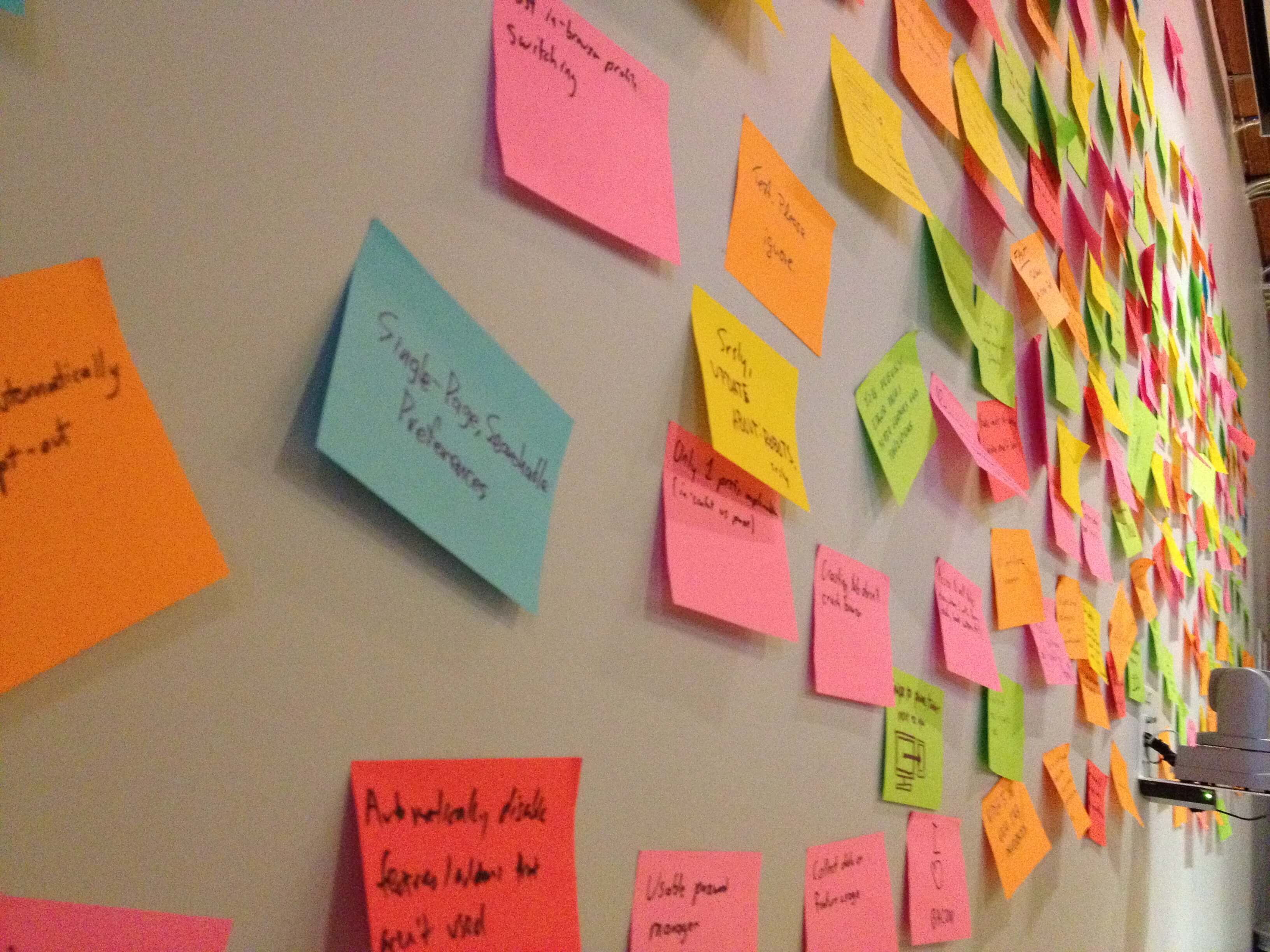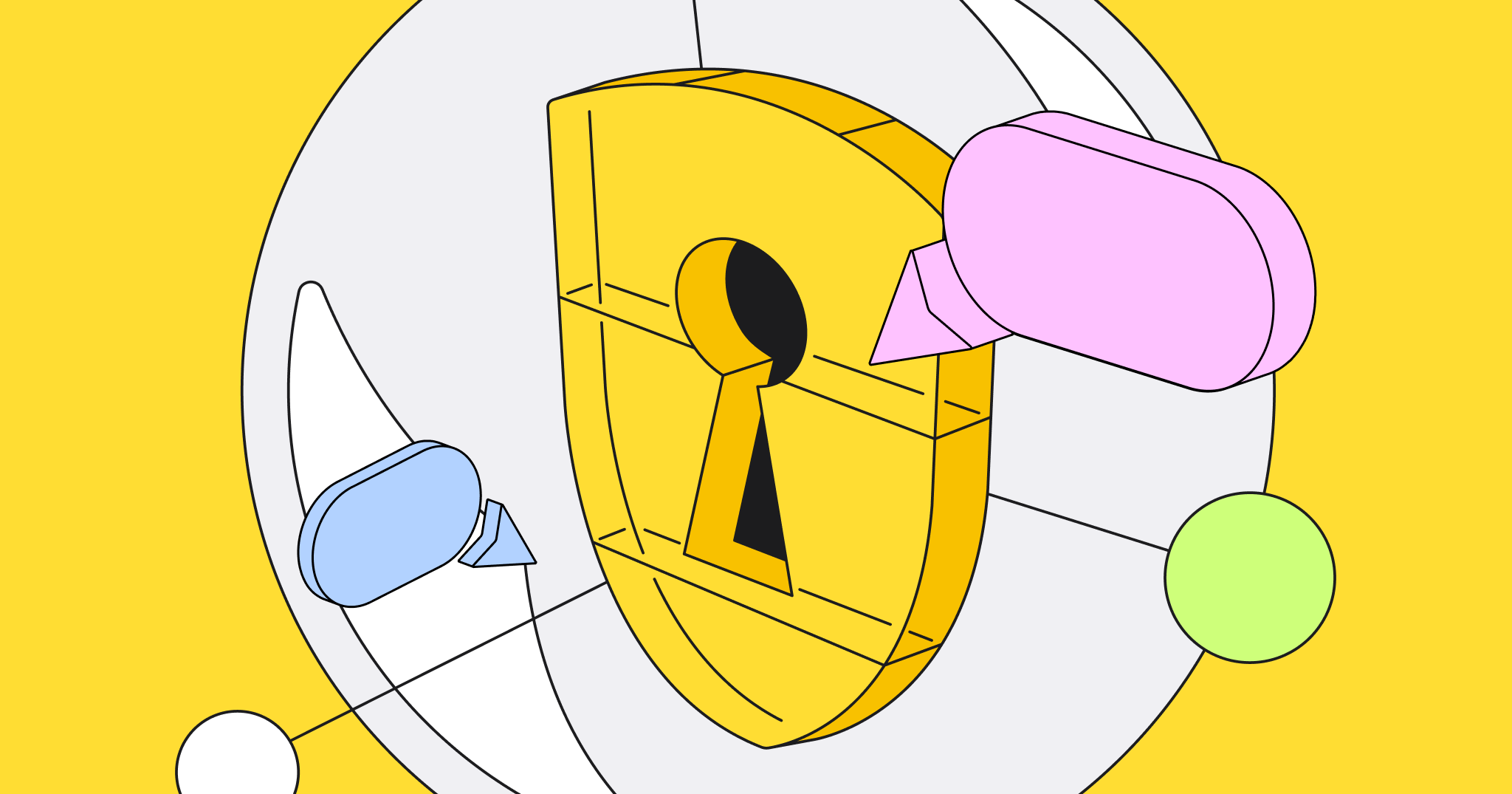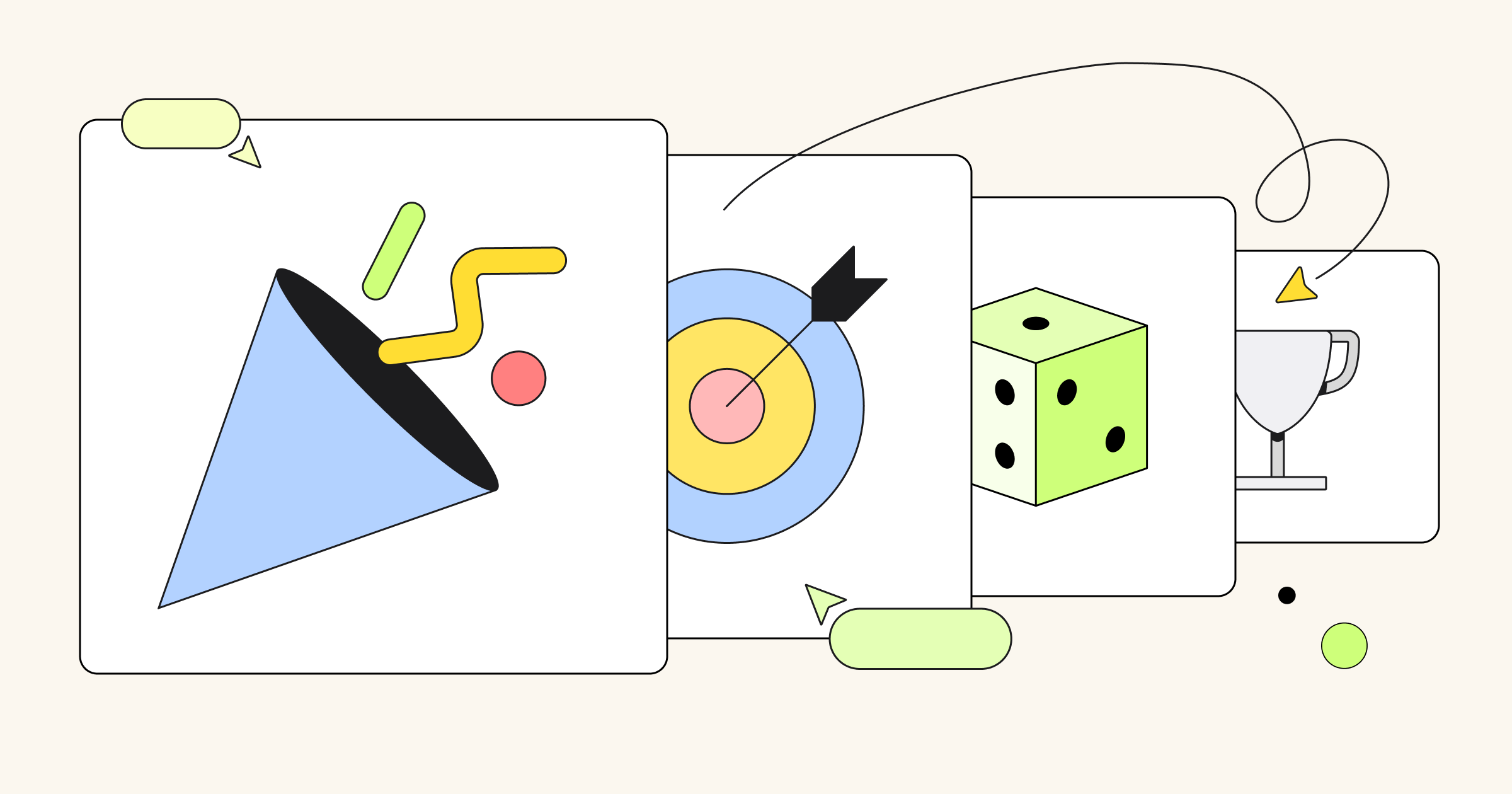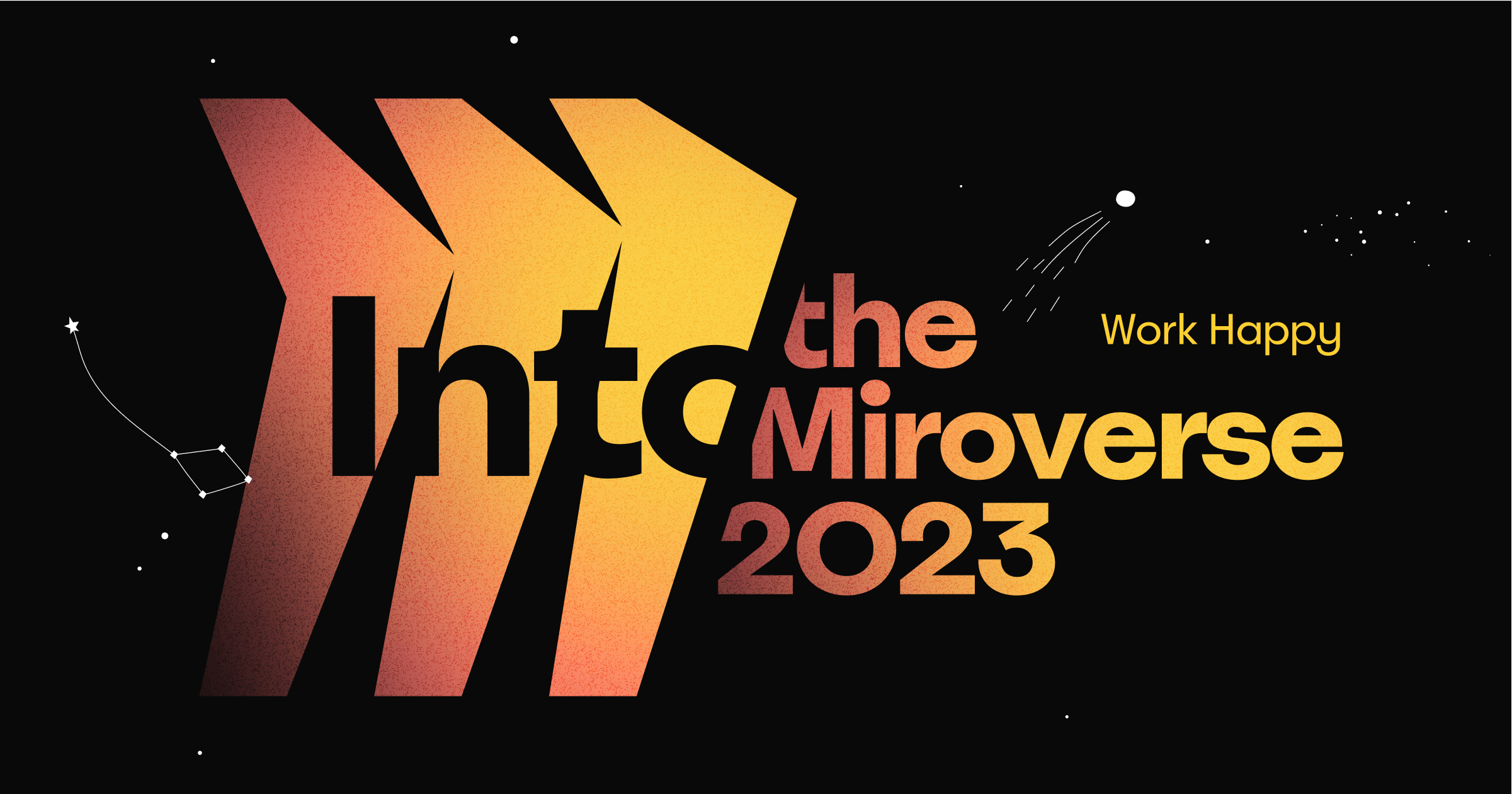Miro is a great tool for brainstorming and creative projects. An endless whiteboard and a set of tools allow you to generate ideas for thousands of different projects – from traveling to engineering. In this post, we collected popular creative techniques you can easily use in Miro and prepared some tips and tricks for you.
1. Brainstorming – probably one of the most popular creative techniques
This is the most obvious creative technique and endless whiteboard is just perfect for it. The basis of brainstorming is generating ideas in a group situation based on the principle of suspending judgment – a principle which scientific research has proved to be highly productive in individual effort as well as group effort.

State the problem you are trying to solve. Use post-its, images, and videos – anything that can help you generate ideas. Write down every idea even if it is odd, and encourage people to build on the ideas of others. Follow 12 basic rules to make the session effective.
After the session is over, vote for the best ideas.
2. Negative brainstorming
This is another example of creative techniques. It uses brainstorming to generate bad solutions to the problem and then see how those could be transformed into good solutions. The method is a two-step process, that consists of generating the worst ideas first and then transforming them into good solutions.
The process is the same as described above.
For example, you are trying to solve the question ‘How to make teamwork more effective’.
These are examples of bad solutions:
– To build a wall between team members so they never meet each other.
– To put them in 5 different buildings.
A transformed bad solution can be:
– To move to another building/office with a common space where all the team can gather together and discuss ideas.
3. The Insights Game
Have you experienced one of those moments when you suddenly realize how the world works and the dots are connected? The Insights Game is about these moments. Every insight gives you one point. You need to have at least one point every day, if not the game is over.
Actually, it is a personal method, but you can do it with your friends or team on different boards simultaneously supporting each other.
The goal and the reward of this game are that you will improve your ability to see the big picture, process more complex problems, and challenge your beliefs.
Use images, videos, post-its, and whatever you want to put your insights on the board. Back to the board every day and look at the big picture. Try these for 21 days minimum, and feel this magical moment! Use the Monthly planner template to start or put everything on a blank sheet.
4. Mood boards
A mood board is a type of collage that may consist of images, text, videos, and samples of objects in a composition of the choice of the mood board creator.
Designers and others use mood boards to develop their design concepts and to communicate to other members of the design team. They are used by artists and are based on a particular theme of their choice too. Here you can find some more useful information about mood boards.
You can use a blank template, add pictures and videos using the Insert button, and screenshots using Chrome Extension.
5. Random Words (Random Input)
Random Words creative technique encourages your imagination to create different perspectives and new angles on your idea or the problem you are facing. It is by far the simplest of all creative techniques and is widely used by people who need to create new ideas (for example, for new products).
Prepare with a lot of different random words, short stories or tweets, put them on the board and start your brainstorming session!
Once you have chosen the word, list its attributions or associations with the word. Then apply each of the items on your list and see how it applies to the problem at hand.
How does it work? Because the brain is a self-organizing system, and very good at making connections. Almost any random word will stimulate ideas on the subject. Follow the associations and functions of the stimulus word, as well as use aspects of the word as a metaphor.
Get inspired with our example and start your own random words session!
6. Storyboarding
Storyboards go back to the very beginnings of cinema and animation. As it is known, Walt Disney and his staff developed a storyboard system in 1928. Disney wanted to achieve full animation and for this, he needed to produce an enormous number of drawings. Managing the thousands of drawings and the progress of a project was nearly impossible, so Disney had his artists pin up their drawings on the studio walls. This way, progress could be checked, and scenes added and discarded with ease.
Now Storyboarding is a popular creative technique and is widely spread in business. Storyboards are used today by industry for planning advertising campaigns, commercials, a proposal or other business presentations intended to convince or compel to action.
To implement a Storyboard solution you can use a blank template in Miro. The initial storyboard may be as simple as slide titles on Post-It notes, which are then replaced with draft presentation slides as they are created.
Another way to create a Storyboard in Miro is to use a Visual story map template which was originally taken from the awesome book ‘Stories That Move Mountains’.
Try Miro and use the storymap template
7. Metaphorical thinking
A metaphor is a thinking method that connects two universes of meaning. Examples: Food chain or flow of time. Metaphorical thinking is based on Similarity. Our mind tends to look for similarities. A road map is a model or metaphor of reality and useful for explaining things.
Imaging within another conceptual frame can help, eg. the visual images of spring which inspired Vivaldi’s “Prima Vera”, the dream that led to Berlioz’s “Symphonie Fantastique,” the art exhibition which Mussorsgy illustrated in “Pictures at an Exhibition,” and so on.
Put everything that you may need on the board – words, images, videos, icons, etc. to help you create something new and exciting.
8. Mind mapping
Mind Maps has been developed by Tony Buzan are an effective technique of structuring information and note-taking. They are also useful during the brainstorming sessions. To make a mind map, start in the center of the board with the main idea, invite your team, and work in all directions, producing a growing and organized structure using keywords/phrases and key images/videos.
Use colorful links, post-its, shapes, icons, images and videos – anything that can help you build a visual map.
Get inspired with our example and start with the template in Miro.
9. Brain shifter
Brain shifter is one of the creative techniques that is similar to mind mapping, but you should act as if you were someone else. The purpose is to create new ideas that you never thought about before.
Instructions:
Get into character by changing your mindset and try to think like another person. E.g imagine that you are a doctor, a lawyer, a kid, or why not a Batman? Start to write your ideas on post-its thinking as your ‘superhero’. If you use the method in the group, you can give the roles to each other before the session.
After the session is finished, vote for the best ideas.



